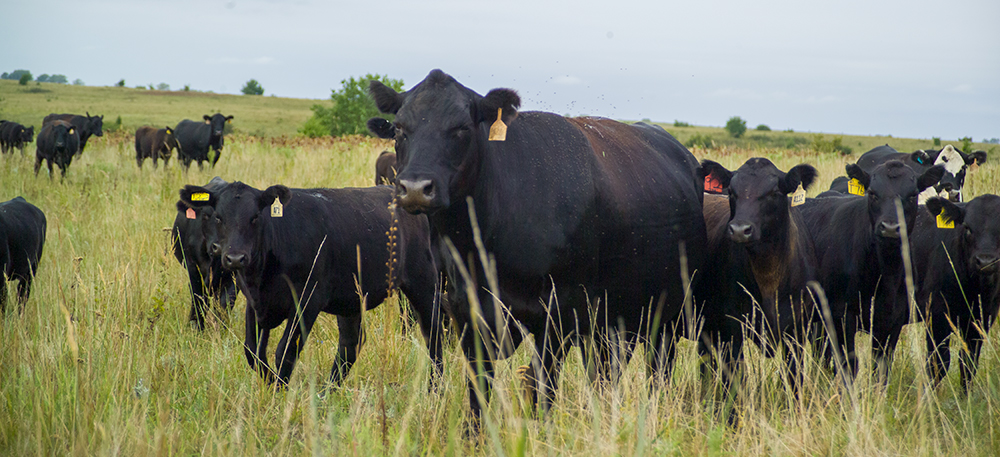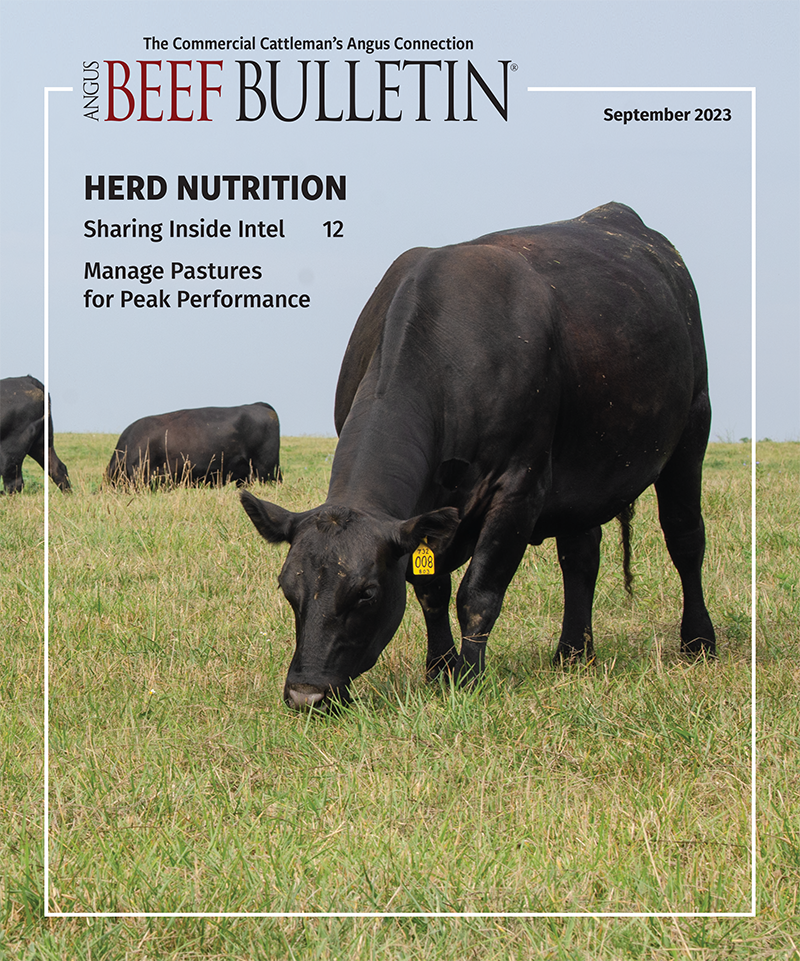
Preweaning Protocols During a Strong Cattle Market
Weather and vaccine choice play roles in calf health response.
Ranchers are happy this year with a strong market for calves, and some are wondering if they need to do anything differently in their preweaning strategies. If they have been doing everything right for optimum health at weaning, including a good vaccination protocol, they probably don’t need to do anything differently.
Veterinarian Daryl Meyer, North Platte, Neb., has many clients who buy lightweight calves, grow them to 850-950 pounds and sell them to feedlots. They want something that will be healthy, especially if they have to pay a lot of money for those light calves.
“A lot of my clients buy cattle on video sales, and they won’t even bid on cattle that have not been preconditioned and have all their vaccinations. Some cow-calf producers think they don’t need to do this with the high prices and calves being in high demand,” he says. “What they don’t realize is that if they sell calves at a sale barn or on a video auction, many buyers won’t want them if they are not preconditioned.”
Producers need to think about the potential buyers and what they are looking for. Meyer says lightweight-calf buyers seek value, and preconditioned calves bring that value because they have less chance of getting sick. They carry less risk.
Cow-calf producers also need to work with their local herd health veterinarian to know what to use for vaccines, as well as discover what buyers are looking for in terms of vaccinated calves.
“There is more than one right way to do things, and more than one correct preconditioning program,” says Meyer. “Working with the local veterinarian who is familiar with their herd can be helpful.” He encourages producers to recognize buyers from a large region are looking for calves, and it’s good to know what they are looking for.
Chris Chase, Department of Veterinary and Biomedical Sciences at South Dakota State University, says producers need to remember that nutrition is also important for good vaccine response, and many areas right now have been in a drought.
“These calves won’t respond very well if they are not in good body condition,” he explains. “This can be an issue, especially with minerals and even vitamins, if they’ve come off dry pastures.”
Trace minerals like copper (Cu), zinc (Zn) and selenium (Se) are crucial for the immune system.
For adequate vaccine response, these animals also need good energy levels. Calves still on their mothers are usually getting adequate energy (when vaccinated ahead of weaning) unless these cattle have been on dry pastures and were losing weight.
Another concern is weather. If you are giving vaccinations ahead of weaning, the day’s heat index may reduce the effectiveness of some of the intranasal vaccines, says Chase.
“If you give those vaccines on a hot day, the IBR (infectious bovine rhinotracheitis) portion of the vaccine doesn’t grow like it’s supposed to in the nasal cavity,” he says, explaining that the vaccine depends on the nasal cavity being cooler than body temperature. “The virus won’t grow if the nasal cavity is above 98°; whereas, on a cool day, the virus will grow just fine.”
He recommends using an injectable when ambient temperature and humidity are high.
“In calves over 3 months of age, most of the injectable vaccines you’d give will not have much maternal interference,” he notes. “I’d go ahead and give them an injectable rather than an intranasal vaccine.”
Editor’s note: Heather Smith Thomas is a freelance writer and cattlewoman from Salmon, Idaho.



